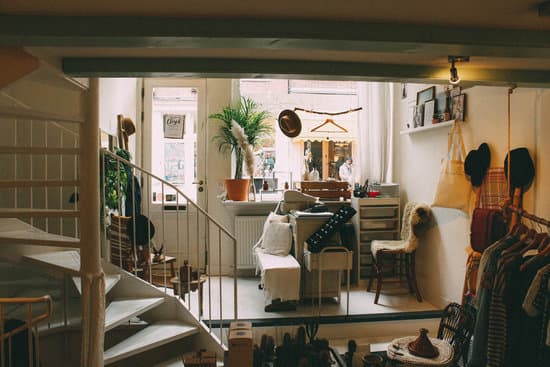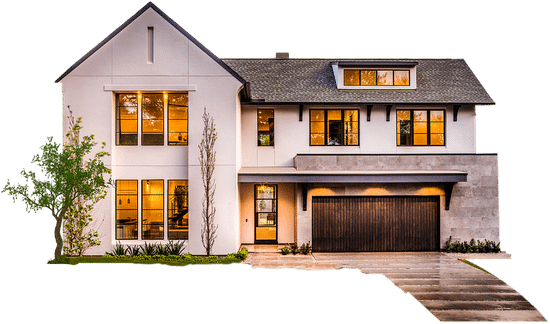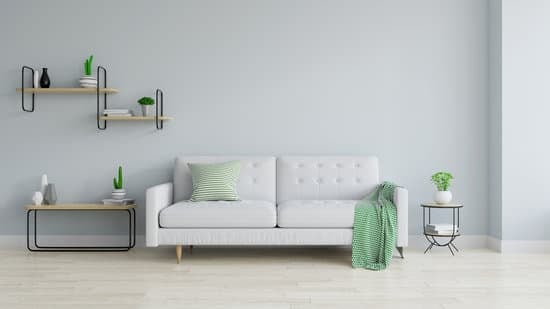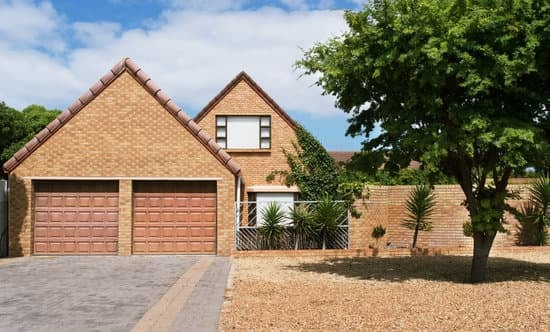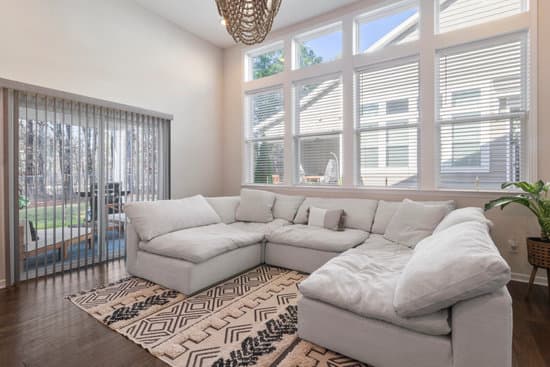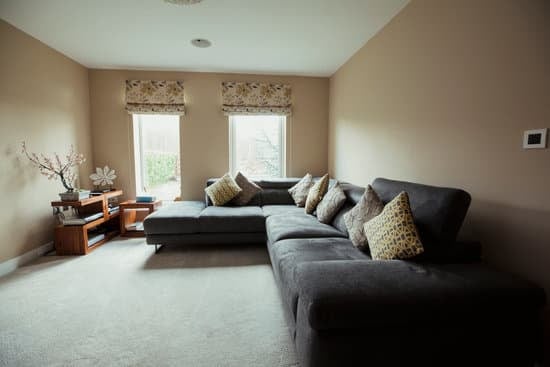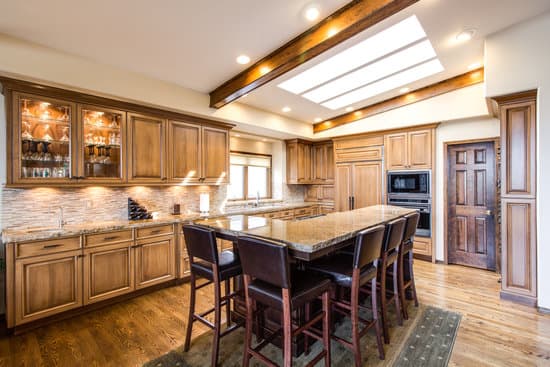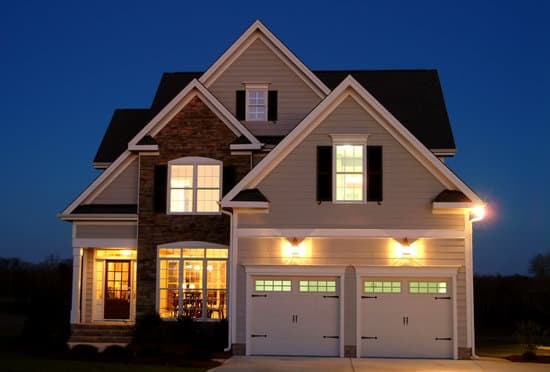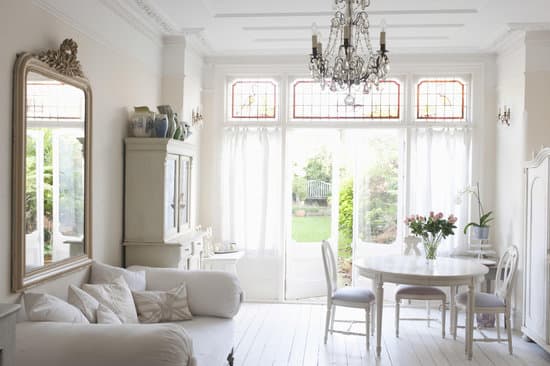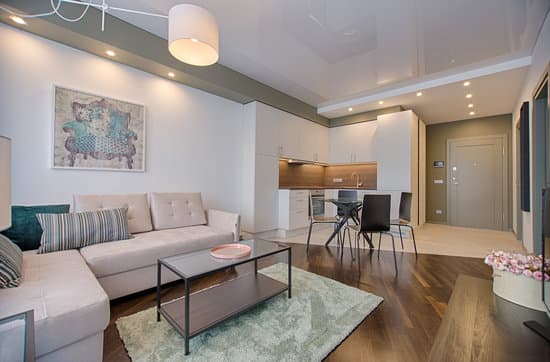Exploring the Colors of Industrial Style
Industrial style has been a popular design trend for several years. Its appeal lies in the simplicity and ruggedness of the materials used to create it. The style is characterized by its raw, unfinished elements, exposed brick walls, and open spaces. While there are different variations to the style, the color palette often plays a significant role in achieving the right industrial look. In this article, we will explore the colors of industrial style and how they can be used to create a cohesive and stylish space.Neutral Tones Dominate
The industrial style relies heavily on the use of neutral tones. The overall palette used focuses on earthy hues that are typically found in natural materials like wood or concrete. The colors are usually muted, subtle, and have a matt finish. Neutral tones achieve a timeless look and provide a clean backdrop for the other design elements in the room. These colors include:- Beige
- Grey
- Tan
- White
Brown, Black, Grey Are Popular
While it’s important to create a neutral base for the style, adding in darker shades of brown, black, or grey will provide a sense of depth and edginess. It’s important to strike the right balance, though, as using too much of these darker shades can make a space appear gloomy and uninviting. Pro Tip: If you want to add an edgy look, incorporate these darker shades as accents by painting a feature wall or adding black fixtures to the room.Natural Wood Tones Add Warmth
Another staple of industrial design is the use of natural wood textures and tones. Wood adds warmth and character to the space, making it feel more inviting and homely. The wood tones should be kept natural and unpainted, and lighter woods like pine, oak, and ash are great options for achieving this look. Pro Tip: If you have a room with wooden beams or accents, consider highlighting these areas with built-in lighting fixtures or brightening them with a light, natural finish.Bright Accents With Caution
Adding bright accents to an industrial-style room can add a pop of color and excitement. However, bold colors such as orange or yellow should only be used sparingly. Adding too many bright accents can be overwhelming and detract from the industrial look. Limit the use of bright colors to accessories and small objects like lighting fixtures, small storage containers, or vases.Adding Excitement to Industrial Spaces
While industrial style is often associated with dark and rugged elements, it’s important to remember that this style is not without beauty and elegance. Industrial spaces can have a rustic charm that is both inviting and finished. To achieve a cohesive look for your industrial space, consider adding patterns, textures, and layering, to break up the monotony. Examples of these design elements include:- Textured area rugs
- Tapestry wall hangings
- Metallic accents
- Leather chairs or sofas
- Combining different surface finishes such as wood, stone, and metal





